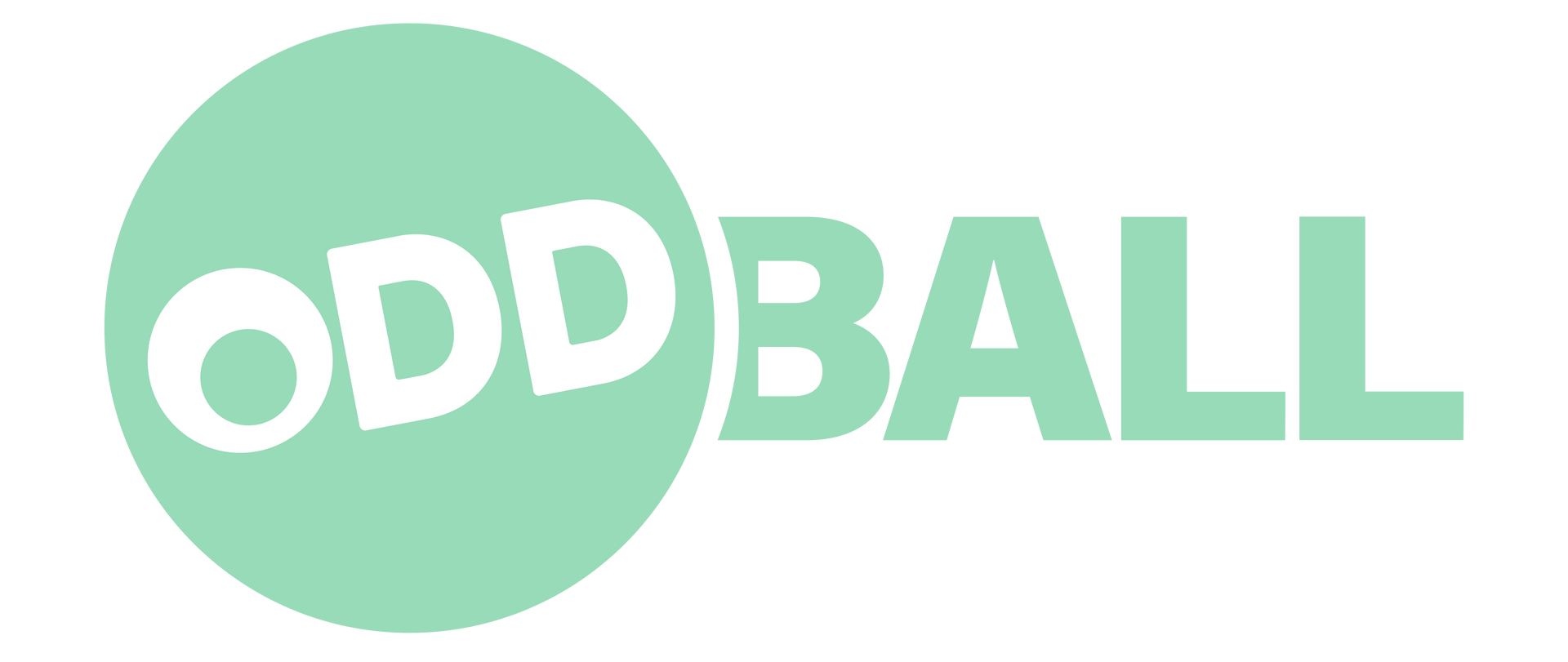How To Optimize Your Website For Search Engine Rankings
Your website might look great and function well, but that alone won’t bring people to it. Without the right setup, search engines have a hard time figuring out what your content is about. That’s where search engine optimization comes in. By making small adjustments to your site, you give your content a better shot at ranking higher when people search for things you offer.
Most people won’t scroll past the first page of results. If you want your business to be seen, you’ve got to figure out how to get your website closer to the top. Search engine optimization helps connect your site with the right audience by improving how your pages show up when someone types in a search. It’s not just about stuffing your pages with terms people search for. There’s a strategy to it, and keeping up with that can make a big difference in how much traffic your website pulls in.
Keyword Research And Implementation
Every search starts with a question, a problem, or a need. Your job is to figure out how people are searching for the things you offer. That begins with keyword research. You need to pinpoint the words and phrases your potential users are typing into search engines. These are your keywords. They give clues about how your audience thinks and what they’re really looking for.
There are lots of free and paid tools that can help with this. Some common ones show how many people search for a term each month and how hard it might be to rank for it. But picking the right keyword isn’t just about choosing the most popular one. Balance is important. You want to aim for keywords that match your niche and have a good level of search volume and reachability.
Once you’ve got your list, it’s time to use them in a way that feels natural. Keywords should be placed in:
- Page titles (the text that appears in browser tabs)
- Meta descriptions (the summary that shows on search results)
- Headings and subheadings (to help organize your content)
- The first paragraph of your page or post
- URLs (with short, clean, keyword-rich links)
- Image alt tags (if you're using visuals)
One mistake people make is overusing keywords to the point where the content stops making sense. That can actually hurt your rankings. The key is writing like you’re talking directly to someone and making sure the keywords fit in without drawing attention to themselves.
Take the example of running a blog for dog grooming. Instead of tossing in “dog grooming tips” ten times, you’d place it once in the title, work it into your opening paragraph, and maybe use it once or twice in your headers. Along the way, you’d use related terms that support the topic, like “bath time for dogs” or “trimming dog nails.” That wider mix helps search engines understand the focus of your content without making it too repetitive.
On-Page SEO Basics
If your site is a building, think of on-page SEO as the layout and design that make it easy to explore. It speaks to how well your content is put together, both above and beneath what visitors can see. Search engines look at everything when figuring out how to rank it, like what your page is about, how it flows, how fast it loads, and whether it works right on a phone.
One of the best places to start is with quality content. That means content that’s easy to read, answers real questions, or solves genuine problems. It keeps people on your page longer, and when visitors spend more time with your content, search engines take notice. Clarity and structure matter a lot here. Organized writing with headings, subheadings, and short paragraphs makes everything more readable.
Next, take a look at your title tags and meta descriptions. These are what search engines show in the list of results, so they should include your keyword and be written in a way that encourages someone to click. Make sure they are short, to the point, and focused. A good title tag is typically between 50 to 60 characters long, while meta descriptions should stay under 160.
Header tags (H1, H2, H3, and so on) help break up your content and tell search engines what different parts of your page are about. Use just one H1 for the main title of the page, then use H2s for section headers, and H3s for any sub-sections under those.
A mobile-responsive design is also a big deal. Many people browse from their phones, and if your site doesn’t adjust to different screen sizes, visitors might bounce off quickly. That tells search engines your page isn’t giving people what they need, which can hurt your rankings.
Fast loading speed rounds out the core of on-page SEO. Sites that take too long to load push people away. Compressing images, cleaning up bloated code, and reducing reliance on heavy plugins or scripts can really help speed things up. All these small changes stack up and make your site more appealing to both users and search engines.
Technical SEO Considerations
Beyond the content and on-page tweaks, technical SEO ensures your site communicates effectively with search engines. These elements might be less visible to users, but they play a big part in search ranking.
First up, site structure is important. Think of it like a blueprint of a house. A logical layout means search engines can easily crawl and index all your pages. Use clear navigation paths and maintain a hierarchy in your categories and subcategories. Keep your URL structure clean too, with short, keyword-rich links pointing clearly to your content.
To help search engines navigate your site, XML sitemaps are useful. These files let search engines know about the pages on your site, so none get missed. Alongside that, your robots.txt file offers guidance on which parts of your site should or shouldn’t be crawled. This helps control what search engines access and index.
Security plays an important role here. An SSL certificate gives your site the HTTPS label, showing that users’ data is protected. It’s a signal to search engines that your site is trustworthy. Sites without this layer of security can lose credibility, both with users and in search rankings.
Building Quality Backlinks
Once your site is structured well and technically solid, it’s time to work on backlinks. Think of them as upvotes from other websites. When well-known pages link to yours, it shows that your content has value. These links are a major factor in how search engines judge authority.
Getting good backlinks requires strategy. Here are a few effective approaches:
1. Guest Blogging: Contribute articles to trusted sites in your space. It builds visibility and gives you natural links.
2. Content Outreach: Share your top-performing content with blogs or experts who might reference or link to it.
3. Partnerships: Build relationships with businesses or publishers that serve similar audiences. A mutual exchange of quality content can result in links that help both sides.
Be careful to avoid shady tactics like buying bulk links or using link farms. These practices could lead to warning flags or outright penalties from search engines, setting your rankings back significantly.
Ongoing SEO Monitoring And Adaptation
SEO isn’t a set-it-and-forget-it project. It changes over time, and the only way to stay ahead is with regular check-ins. Routine SEO audits help uncover errors, find areas for growth, and keep strategies aligned with current best practices.
Performance tracking tools can give valuable feedback, letting you know what’s connecting with your audience. These tools can show broken links, track keyword rankings, scanning errors, and point out slow-loading pages.
Another big part of long-term SEO success is staying on top of changes. Search engines regularly tweak their algorithms, and what worked a year ago might not be effective today. Keeping up with updates helps you adapt quickly and avoid delays in correcting strategy.
SEO is always shifting. The businesses that stay flexible and informed are the ones that find the most success over time.
Building Toward Better Search Visibility
Knowing how the moving pieces of search engine optimization work together is key. From picking the right keywords to keeping your technical setup in shape, it’s all about helping search engines and visitors understand your site clearly and confidently.
Along the way, building meaningful connections through backlinks helps your site become more trusted online. Keeping an eye on performance and staying open to change makes sure your work stays on track as search behaviors and algorithms shift.
Search engine optimization can bring big results when done the right way. Thoughtful planning, steady upkeep, and smart adjustments over time can help push your website where you want it to be—up front where people can find it.
Interested in seeing how search engine optimization can transform your website's visibility and bring in more traffic? Explore the range of strategies and services offered by Oddball Creative and see how we can help your business succeed in the digital landscape by checking out
search engine optimization today.



